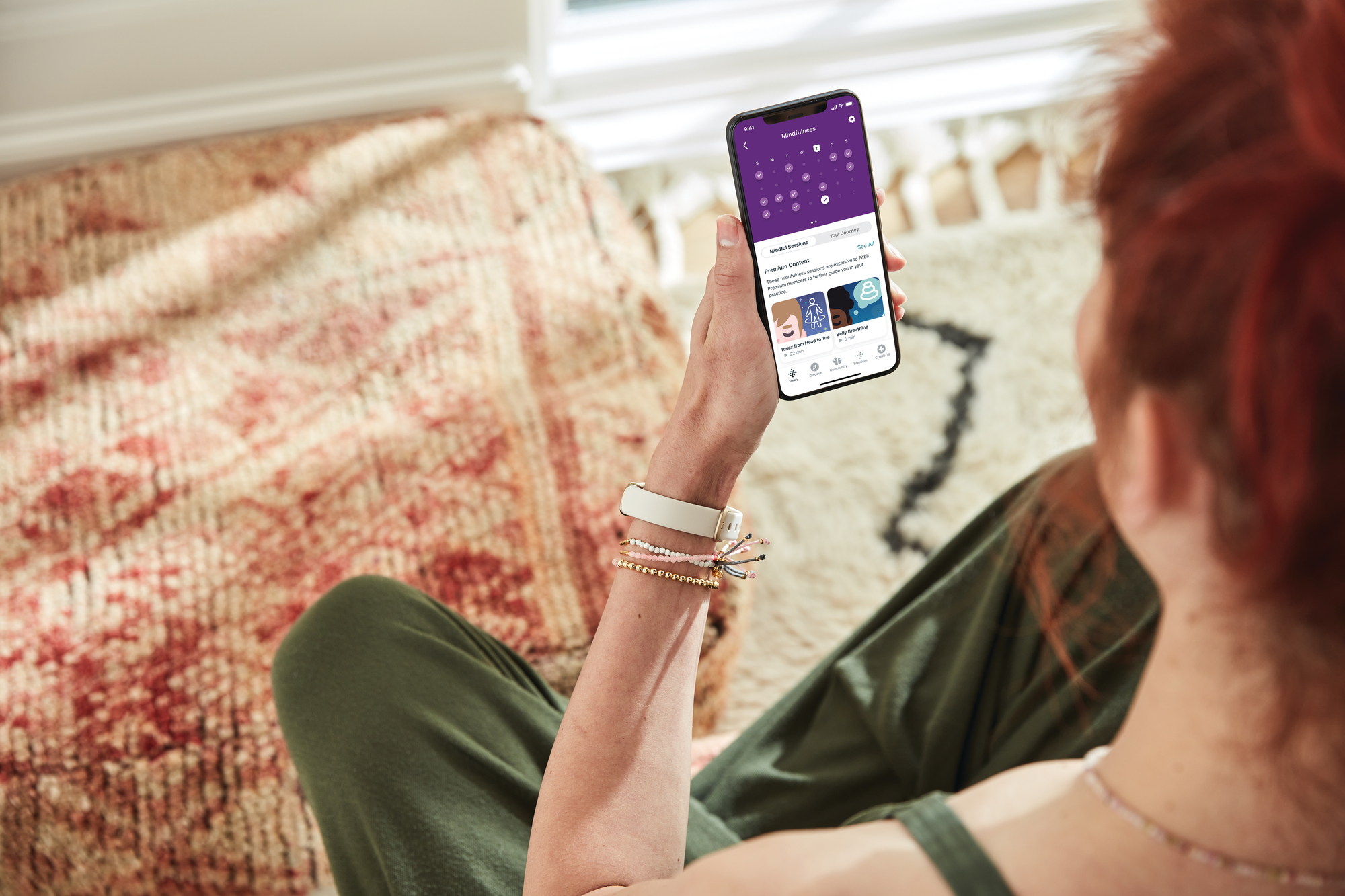Investing in Sleep and Why it Isn’t Time Wasted
The CDC has identified a sleep insufficiency epidemic in the United States, with nearly ⅓ of adults getting less than the recommended, healthy 7 hours of sleep on a nightly basis (CDC, 2016). It has been estimated that in the US alone, increasing sleep duration to a 6-7hr/nightly range in individuals sleeping <6 hours nightly could add $226B to the economy through reductions in lost productivity (Hafner et al., 2016). While the gold-standard therapy for the treatment of primary sleep problems, such as insomnia, is the behavioral sleep medicine (BSM) practice of cognitive-behavioral therapy for insomnia (CBTi), there is a major deficit in the number of BSM providers nationally and internationally (Thomas et al., 2016). This has resulted in an average of about 190,000 patients per provider, with some regions of the US completely lacking experienced providers (Thomas et al., 2016).
You can’t see if you don’t look
While the reasons for various individuals not getting enough sleep on a regular basis are manifold, part of the reason for the ubiquity of sleep inadequacy lies in the fact that discussions surrounding sleep are often overlooked in the clinical world. Clinicians typically get very little training in healthy sleep and sleep disorders (Strowd et al., 2019). Once in practice, it can be difficult to broach the topic of sleep in light of the numerous dimensions of care that need to be addressed in limited time frames and with limited resources. But, regardless of what care relationship a patient is engaging in, the impact of sleep on that patient’s healthcare and quality of life is undeniable: from post-operative recovery (Rampes et al., 2020) to treatment responsiveness in depression (Fang et al., 2019) to cardiometabolic health improvement (Henst et al., 2019). Toward this end, having a simple framework for engaging patients in discussions about their sleep health can be a starting point for helping clinicians address the epidemic of insufficient sleep (Buysse, 2014). To begin with we can think about sleep health in a few key areas: quantity, regularity, and quality.
Quantity
The amount of sleep that someone gets relates to how well-rested they will be. In alignment with many large epidemiological studies and meta-analyses (e.g., Li et al., 2022) the major U.S. professional sleep organizations have advocated for most adults targeting about 7 hours of sleep on a daily basis (Watson et al. 2015 and Hirshkowitz et al. 2015). However, an individual’s sleep need is often determined by a number of factors, with some individuals needing more and others needing less than typical recommendations. As such, the sleep efficiency (how much of the time attempting to sleep was actually spent sleeping), can provide a complementary bit of information to see if an individual is providing themselves an adequate opportunity to get the sleep they need. As a general rule if the sleep efficiency is running very high it may indicate that the individual needs more time for sleep; whereas, a low sleep efficiency may highlight a mismatch between what their body needs and what they’re allowing.
Regularity
It’s essential to consider how regular the sleep schedule is and how well aligned the sleep schedule and intrinsic biorhythms are. Not just how much sleep an individual is getting on average, but how consistently they do it has been shown to be associated with not only how they feel (Lemola et al., 2013), but also to multiple dimensions of their health (Fang et al., 2021; Jaiswal et al., 2020; and Huang et al., 2020). In addition, various studies have demonstrated the undesirable health consequences of circadian misalignments among the 16% of the U.S. workforce that works atypical shifts, which has prompted some experts to propose that the metabolic syndrome is actually a “circadian syndrome” (Zimmet et al., 2019). Understanding day-to-day variations in sleep patternsis essential to understanding whether an individual’s body is getting the sleep-wake signals it needs to organize bodily functions in a healthy way.
Quality
Finally, we should consider that even if the sleep duration and timing are adequate, there may be factors – from environmental disturbances to medical conditions and their treatments – that disrupt the sleep itself. While it’s hard to quantify exactly what “quality” sleep is (Buysse et al., 2008), most of us know it when we’ve had it. Simply asking someone how they feel about their sleep quality can hint at whether there is an issue affecting their sleep. Moreover, looking for signs of inadequate sleep may be a more reliable indicator of sleep troubles, because individuals typically adapt to poor sleep over time, losing awareness of their problem (van Dongen et al., 2003). Thinking of sleep as a vital sign that should be assessed with every encounter can help keep sleep top of mind for patients and providers.
Multifaceted sleep
There are multiple dimensions of sleep that contribute to a general picture of an individual’s sleep health. As such, it can be useful to consider how various aspects of sleep health contribute as a whole to real-world sleeper types, clinically identifiable disorders (e.g., narcolepsy, obstructive sleep apnea, restless legs syndrome), or clinical outcomes (Wallace et al., 2022). Leveraging the unique insight that hundreds of millions of nights of sleep in millions of people can provide, Fitbit used cutting edge statistical machine learning techniques to identify useful metrics from the aforementioned sleep health domains that, when combined, describe six sleep profiles that can help individuals understand their sleep patterns more deeply.
Sleep is not something that can be compromised as it is essential to ensuring that we can live our best lives during our waking hours. Even though it may seem like we can squeeze more into our daily allotment of 24 hours, by sacrificing sleep we’re making all the wake we have less satisfying and less productive. So, it’s essential to understand in what ways our sleep is working for us and areas where we might need to focus to get the most out of our shuteye. Here’s to your sleep.
—
Dr. Logan Schneider is the Clinical Lead for Sleep Health at Alphabet, Consultant Neurologist at the Stanford/VA Alzheimer’s Research Center, and Clinical Assistant Professor (affiliated) of Sleep Medicine at the Stanford Sleep Center.



